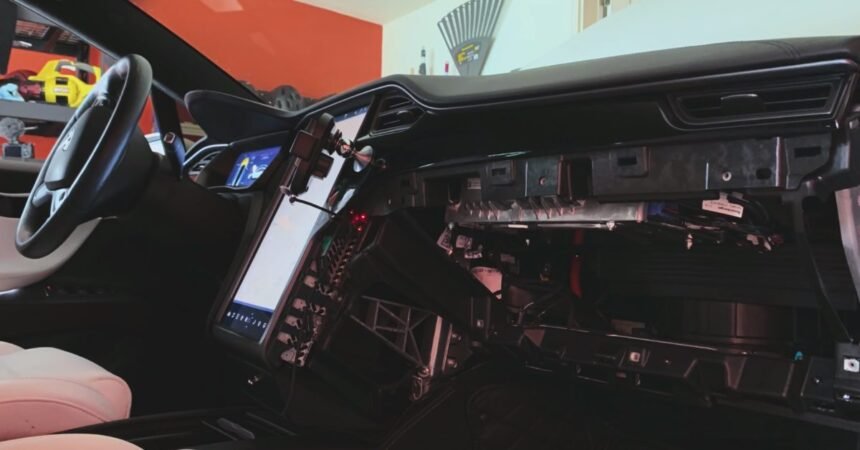Tesla is facing a significant challenge as it has to replace the ‘self-driving’ computer inside about 4 million vehicles or compensate the owners of those vehicles. This issue could potentially become one of the costliest automotive recalls in history.
Back in 2016, Tesla claimed that all its vehicles produced from that point onward would have “all the hardware necessary for full self-driving capability.” This claim was based on the inclusion of cameras, a front-facing radar, ultrasonic sensors, and a “self-driving” computer known as HW2.5 in their vehicles. However, it was soon discovered that the HW2.5 computer was not powerful enough to achieve self-driving capabilities, leading to the introduction of a new HW3 self-driving computer.
In 2023-2024, Tesla once again upgraded its vehicles with a newer and more powerful “self-driving computer,” known as HW4. Despite this upgrade, Tesla assured that HW3 vehicles would still receive the promised self-driving capabilities. However, in January 2025, Elon Musk finally admitted that the HW3 computers were not powerful enough to achieve unsupervised self-driving.
This revelation has put Tesla in a difficult position, as there are approximately 4 million vehicles globally with HW3 computers that need to be retrofitted. Musk acknowledged that replacing these computers would be a challenging task and expressed relief that not many people had purchased the Full Self-Driving (FSD) package. However, the actual number of FSD package buyers remains undisclosed, though it is estimated to be around 500,000 units.
There is a strong argument to be made that Tesla needs to replace the computers in all HW3 cars or compensate the owners for falsely claiming that the vehicles had the necessary hardware for self-driving. This issue has legal implications, as seen in a previous case where a judge ordered Tesla to upgrade a customer’s self-driving computer for free to access the FSD program.
It remains uncertain how Tesla will address this issue, given the complexity and cost involved in replacing the computers. There are concerns about the feasibility of achieving unsupervised self-driving capabilities in older vehicles through a computer retrofit. Lawsuits against Tesla over its self-driving claims are expected to increase following Musk’s admission about the limitations of HW3 computers.
In conclusion, Tesla is facing a challenging situation with the need to replace or compensate owners of 4 million vehicles with HW3 computers. The company may have to consider various options, including encouraging upgrades or facing legal repercussions for false advertising claims.







